How to Help Your Ranch and Pastures Recover After a Wildfire
As devastating as wildfires can be, affected ranchers may find unexpected opportunities as the healing begins, Noble regenerative ranching advisors say.
As devastating as wildfires can be, affected ranchers may find unexpected opportunities as the healing begins, Noble regenerative ranching advisors say.
No ranch family wants to go through the devastation of a wildfire. Whether a localized fire or a giant one like the recent Smokehouse Creek Fire in Texas, wildfires can exact a high toll in lost infrastructure, lost animals and the loss of forage needed for those which remain.
There are, however, opportunities and even potential bright spots to consider when beginning the recovery process after such a fire, according to ranch advisors at Noble Research Institute. Three of them recently discussed their thoughts and recommendations for livestock and pasture management, infrastructure repair and even new enterprise directions after a wildfire.
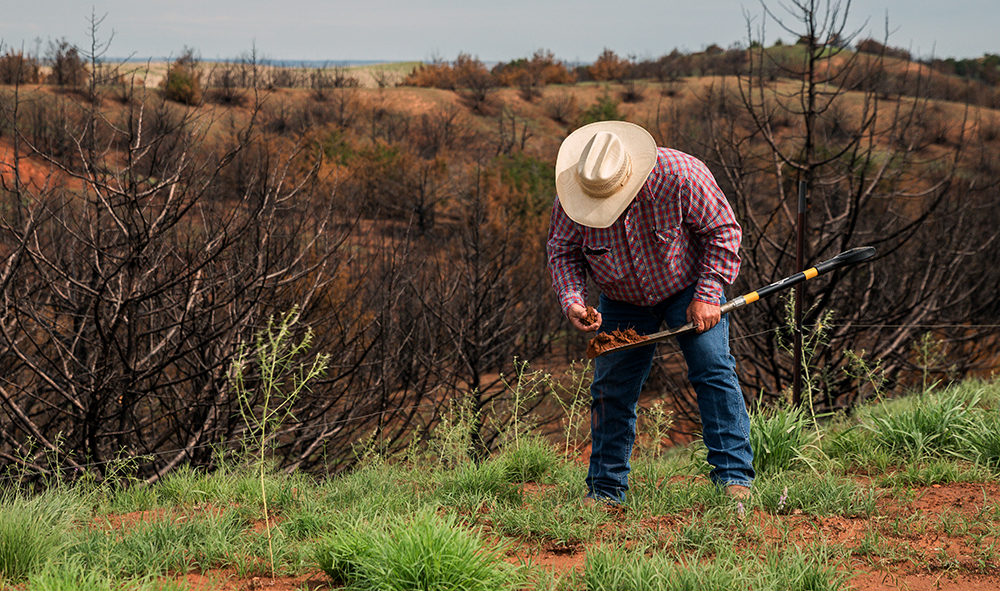
Grass will grow back with moisture and time
“Food for cattle is the thing that’s going to be first and foremost on producers’ minds right after a fire,” says Josh Gaskamp, Noble regenerative ranching advisor and manager. While the first instinct might be to plant new forage crops, he says “that forage is resilient. It’s evolved with fire. If their land was dominated by perennial warm-season plants, it will come back.”
What he would recommend planting to get quick growth and food for grazing livestock would be a different functional group, like cool-season annuals, such as small grains, as well as legumes like vetch and clover. And, when “weeds” start coming up on their own, “don’t spray `em, use `em,” he says. Plants like broomweed and ragweed are “extremely palatable for cattle following a wildfire, and those first leaves are very nutritious.”
Such strategies “will buy some time for the perennial warm-season grasses to come back into production. The seed is there,” Gaskamp says. “They’re going to come back from a wildfire just like they would from prescribed fire. Obviously, yes, they need moisture, and they need time to recover.”
Allowing that time for grass to recover is essential, says Travis Jones, Noble regenerative ranching advisor.
“At this time of year, if (ranchers) had only part of their ranch burn, they’re going to want to utilize the other part of the ranch to feed cattle so they can give enough recovery time to the burned area,” he says. “We want that burned area to get to phase two growth before grazing it, ideally.
“If fresh growth is all they’ve got, they’re going to have to utilize phase-one grass. But if so, they need to be intentional about it and just take the top bite and move on.”
Gaskamp agrees about rotating cattle quickly between paddocks when grazing new growth “to provide the most recovery possible for our forages, especially going into the spring as they’re just getting started.”

Use hay strategically and carefully
If burned pastures and fencing make grazing impractical or impossible at first, feeding hay is often the first option. Gaskamp says to be strategic and careful when doing so.
If buying hay to get through the first few months, “don’t just buy the cheapest hay you can find,” he says. “Find some hay that comes from a reputable source,” or else you may be spreading and seeding invasive, problem species out over your pasture. With donated hay of unknown origin, “mitigate that risk by feeding hay on poorer soil you’re trying to improve or in a ‘sacrifice area’ where you can control the future of that area.”
Hay also comes into play as a roughage supplement, as cattle grazing new growth after a fire may start to have loose manure due to high protein levels. Alternatively, Gaskamp says, if cattle are grazing older forage on an area spared by the fire, they may need a protein supplement.
“It’s very specific to each rancher,” he says. “Pay attention to the animal’s condition, manure scores, things like that, to determine what the livestock are missing” in their diet.

Take the opportunity to reevaluate fencing
The need to move animals to different paddocks quickly and often while pastures recover, as with regenerative grazing, could be an incentive to repair burned ranch fencing with different infrastructure, Jones says.
“Maybe the ranch had excessive interior permanent, five-wire fences,” he says. Now, if they want to incorporate a regenerative ranching scheme to target different areas of the ranch, or even to try a different species of grazing animal that needs different infrastructure, “this may be a prime opportunity.”
Gaskamp says if a goal is to be more adaptive with grazing, a rancher may want to do a lot more with temporary fencing, or electric fencing instead of permanent fence.
“So instead of 7 miles of fence on their 160-acre property, they may have only 1 mile of fence now,” he says. “This also may be the opportunity to say, ‘How do I holistically think about grazing every acre of this ranch?’ and look at getting water to the areas where I historically haven’t had it, and fencing in a way that I can utilize more of the ranch.”
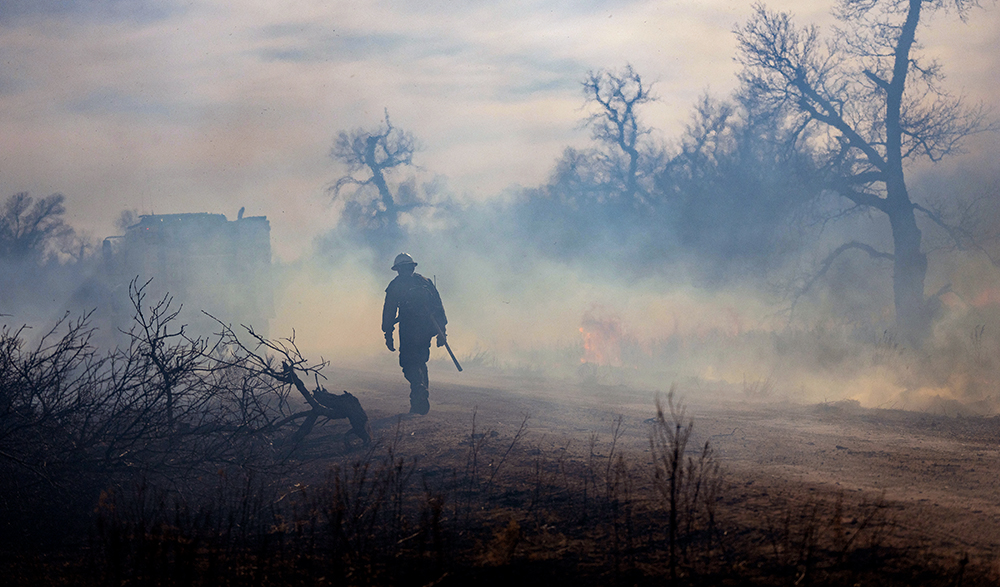
Opportunities with brush after wildfire
Gaskamp also points out that in contrast to a prescribed pasture burn, wildfire is likely to have burned through forest or woodland rather than stopping at the edge of the forested area.
“That opens an opportunity for those ranches to now utilize different types of forage that weren’t available to their livestock before,” he says. For example, greenbrier “is a highly nutritious plant that cattle love, but they can’t reach it in the woods because it’s up in the canopy of the trees. But if the wildfire went through there, it likely knocked that greenbrier back to the ground where it’s accessible by livestock now. That’s another place to get food for cattle right after a wildfire.”
In addition, says Charles Rohla, senior regenerative ranching advisor at Noble, ranchland with a lot of brush encroachment that is suddenly cleared out by wildfire “needs to be managed, or they’re going to have an explosion of that brush coming back worse than before.”
As someone who grew up near where the Smokehouse Creek Fire occurred, he has seen that happen. Rohla recommends using high-stock-density, adaptive grazing a couple of months after the burn to stem that brush encroachment as it starts to regrow.
“They can utilize their livestock to do that instead of chemicals,” he says. Depending on the kind of brush, if cattle aren’t keeping it down well enough, “something like a goat might do a better job.”
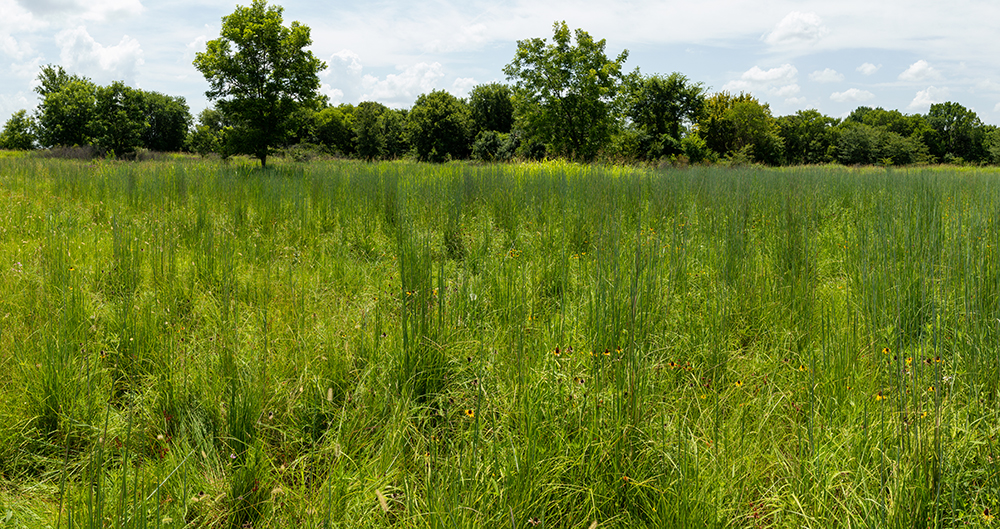
Is it time to try another species or enterprise?
Gaskamp picks up on that point, saying, “It’s a good time to evaluate what enterprise you have on your land. If a producer was thinking about small ruminants for a while, and if now they’re having to offload cattle because they don’t have enough feed, he says this might be the encouragement they need to switch that enterprise.
“We need to be adaptive if we want the business of ranching to be successful,” he says. “If the best thing for my business is to not sell pizza anymore; now it’s to sell chicken nuggets, I’d better sell chicken nuggets, or I’m going to go out of business.”
Rohla acknowledges that talking about choosing a different enterprise after a disaster like a wildfire “is not a fun conversation to get into. But it is an opportunity to reassess your operation, and maybe even change to a different species all together.”
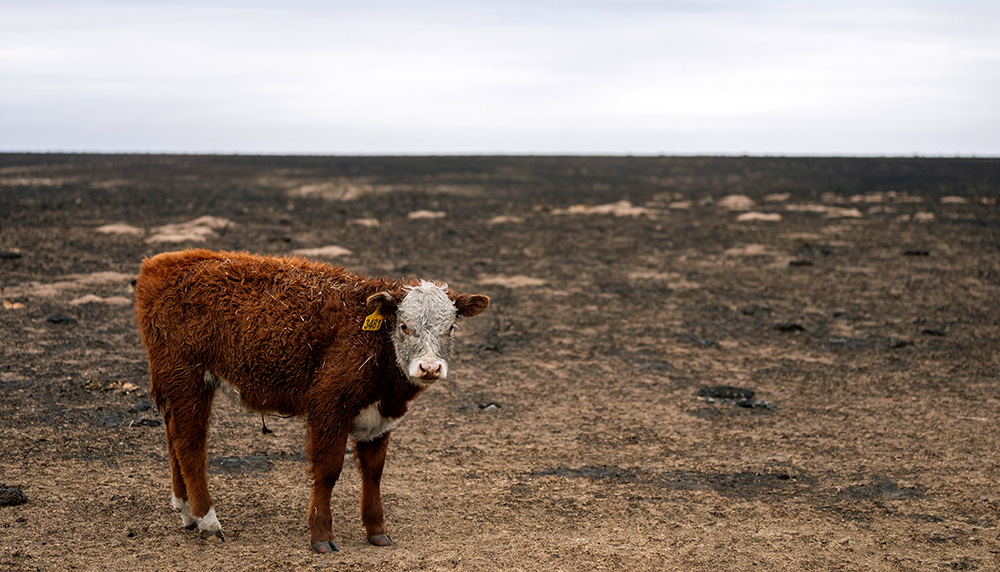
Looking ahead at forage supply and stocking
Rohla says if it had to happen, “this is the best time of year that a wildfire could have occurred. We’re getting into springtime; things are greening up.”
As producers look ahead, however, he encourages them to set triggers based on rainfall and forage growth by a given date “so they are not depleting their forage resource on their land and therefore reducing the carrying capacity of their land long-term.”
Rohla recommends having strategies to either cull a portion of the herd or find a way to move them to other grazing land if needed to have adequate forage, “especially since we’re hitting a La Niña year and there’s a chance that we don’t get the rains necessary to really rejuvenate that burned area.”
For landowners in the area of Texas that burned, he advises not basing regrowth expectations on last year, when rain was plentiful. Use production levels from two or three years before for comparison.
“This is a good opportunity for ranchers to investigate the true carrying capacity of their ranch and make sure they are not overstocked to do further damage to their ranchland,” he says. If pastures are overgrazed, “it won’t allow the plants to recover, hurting not only their forage, but also their soil health. Total production of forage is going to continue to go down over time.”
Editor’s Note: Josh Gaskamp, Charles Rohla and Travis Jones are three of the facilitators of Noble Grazing Essentials, a three-day, hands-on, in-person course that gives ranchers and farmers the tools they need to assess forage production and carrying capacity to design and implement grazing plans that work for them, their livestock and their land.
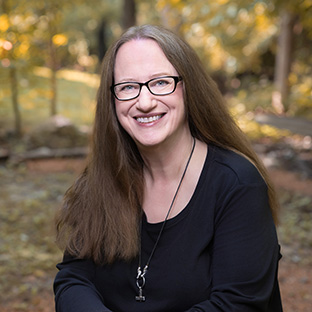
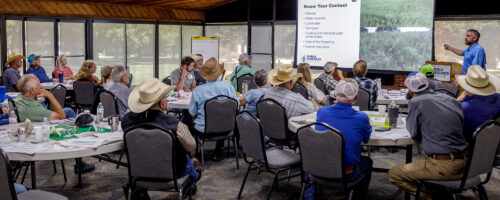
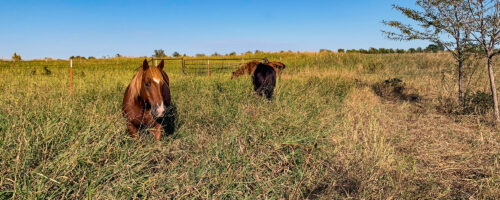
Comment